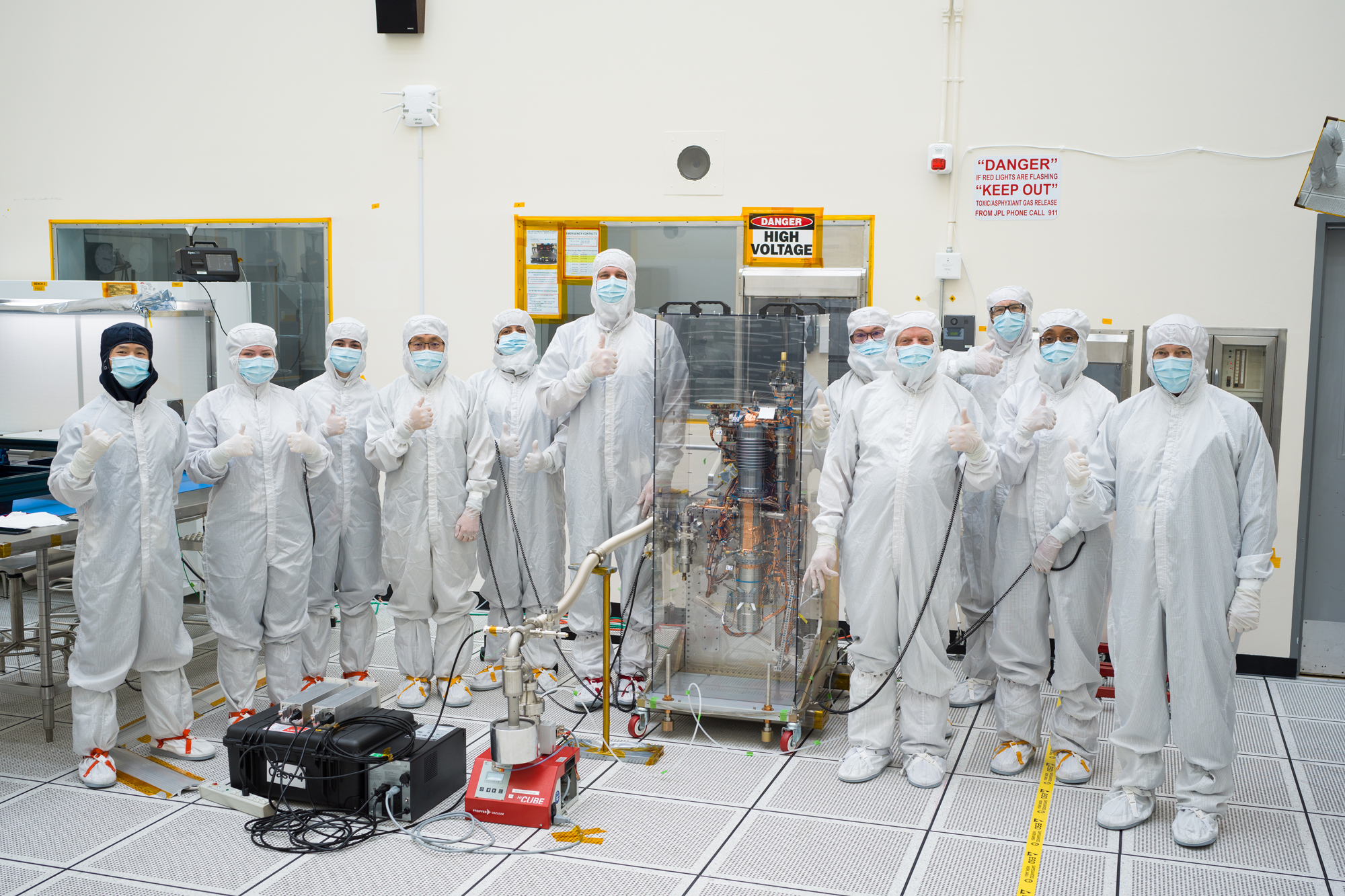Mission Updates | January 5, 2023
Europa Clipper's Mass Spectrometer Delivered to JPL

A new mass spectrometer designed and built by Southwest Research Institute (SwRI) has been delivered to NASA’s Jet Propulsion Laboratory (JPL) for integration onto NASA’s Europa Clipper spacecraft. Scheduled to launch in 2024 and arrive in the Jovian system in 2030, Europa Clipper will conduct a detailed science investigation of the moon Europa and study whether it could harbor conditions suitable for life.

The MAss Spectrometer for Planetary EXploration (MASPEX) instrument will be one of nine science instruments in the mission payload. MASPEX will analyze the gases near Europa to understand the chemistry of Europa’s surface, atmosphere and suspected subsurface ocean. It will also study how Jupiter’s radiation alters Europa’s surface compounds and how its icy surface and subsurface ocean exchange material.
Once it arrives, Europa Clipper will orbit Jupiter and perform repeated close flybys of the icy moon. MASPEX works by taking in gas molecules from Europa and converting them into charged particles called ions. It bounces the ions (atoms and molecules missing an electron) up to 400 times back and forth within the instrument. By timing their transit through the instrument, MASPEX measures the mass of these ions, which reveals each molecule's identity which in turn helps to determine whether Europa is habitable.
Read more about the delivery here.


